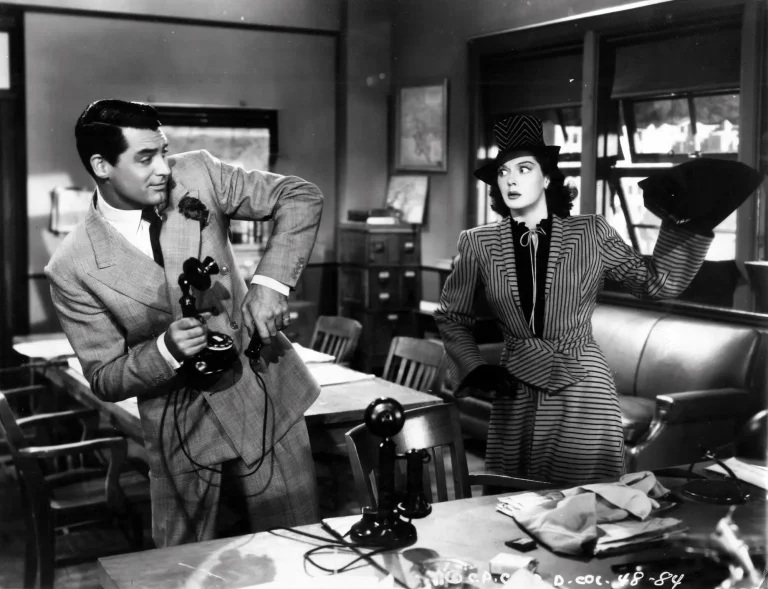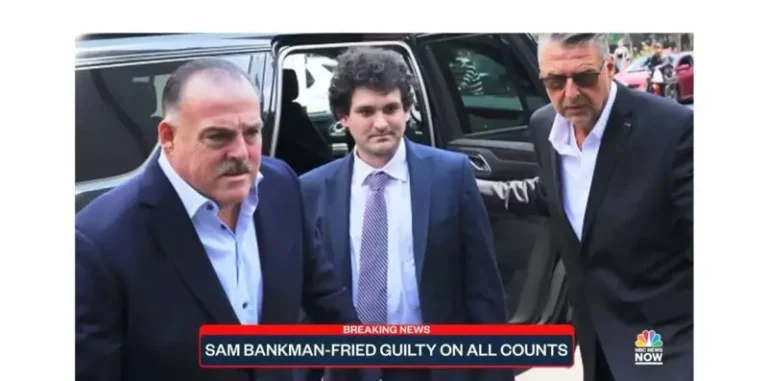How to Write Headlines Like The Wall Street Journal
5 tips to engage your audience from the newspaper’s writing and editing blog
Disney’s new version of “Snow White” was seemingly filmed in a surround sound system of controversy.
The Wall Street Journal summed up the situation with this headline in the March 22-23 print edition, the weekend of the film’s release:
Snow White Is Making Everyone Grumpy
The live-action remake of the studio’s beloved classic managed to hit every possible cultural land mine on its journey to theaters
Story titles are as important to corporate communication teams as they are to news outlets.
The Snow White headline was praised by the Journal’s stylebook editor William Power in “Style and Substance,” the monthly blog about writing and editing at the nation’s largest newspaper. One of the blog’s features is “Heads above the rest,” a selection of story titles that gives credit to the person, usually an editor, who wrote it.
In January, the blog highlighted advice on headlines from the Journal’s content strategy team, whose job is to build the online audience. We’ve combined those five short tips and examples with thoughts of our own. Corporate communicators, whose challenge is to explain their businesses to employees, customers and the public, can learn a lot from the Journal.
1. “Two-sentence headlines or colon constructions are best when there’s an element of tension to play up.”
Here’s an example:
They Crashed the Economy in 2008. Now They’re Back and Bigger Than Ever.
Wall Street expects to sell more than $335 billion in asset-backed debt this year. Remember that conference in ‘The Big Short’? It just drew a record 10,000.
Feb. 28, 2025
Why it works: The headline raises a question in the readers mind without using a question mark. Who?
The reader might think the banks crashed the economy 17 years ago, but the next line gives a more precise answer: the financial institutions that issue securities backed by loans ranging from home mortgages to consumer credit-card debt.
Big numbers draw attention, like $335 billion and a conference that draws 10,000 people. The 2015 Oscar-winning film, based on Michael Lewis’ book, is a recognizable way to describe the conference.
The Journal’s content strategy editors warn that two-sentence headlines can be long, with too much detail.
(Names vary of the elements of a headline, sometimes called a hed in newsrooms. We call that second line a teaser, but some news outlets call it a rider or a readout.)
2. “Behind/Inside headlines (starting a headline with these come-hither words) are for when we’re actually showing readers something revelatory.” Here’s an example:
Inside Walmart’s Meeting with Investors on a Day of Tariff Turmoil
Trump’s social-media post interrupts investor day itinerary; ‘Did you see it?’
April 9, 20225
Why it works: The headline highlights the tension of the day. Investors, who want certainty, are meeting with senior leadership amidst the business turmoil, only to be disrupted by President Trump’s sudden declaration that he was pausing many tariffs. The quote in the teaser reflects the emotion of surprise and maybe relief.
The Behind/Inside headline construction is useful even if the story doesn’t quite meet the “actually something revelatory” standard. It’s a good way to take the audience behind the scenes, to explain how something works or introduce someone who is little known but does important work. Here’s an example:
The Man Behind Microsoft’s Decadeslong Quest to Build a Quantum Computer
Chetan Nayak recently made a breakthrough after devoting his career to a new type of supercomputer
March 16, 2025
Why it works: This main headline has a big name, promises to explain the arcane, but hot, topic of quantum computing, and profile a little-known researcher who’s key to this innovation and serves as a guide to this complex topic.
3. Question headlines should “pose big, existential questions, ones that everyday people are actually asking.” Here’s an example of one of those big questions:
After Tariff Climbdown, World Asks: Is It Method or Madness?
Governments that held back in reaction to Trump’s tariffs see pause in the trade war as vindication
April 10, 2025
Why it works: The day after Trump’s about-face, the Journal posed the question on everyone’s mind. (Confirmed supporters and opponents asked the question even if they thought they knew the answer.)
The hed works even though the story ignores the Journal content strategy editors’ warning against using a question headline when the story doesn’t provide an answer. Also, don’t use a question hed when the answer is ultimately “no,” the editors say.
The Journal sometimes uses question headlines that don’t raise big topics. Here’s an example:
Confused About Auto Tariffs? Here Is What to Know
President Trump’s tariffs are hitting the auto industry in multiple ways, creating havoc for both car companies and buyers trying to assess the impact
April 4, 2025
Why it works: The key to question heds is to address something that people are wondering about. Without that, no one cares about the answer. Timeliness is key. Questions imply a bit of urgency.
This story was published the day after Trump announced his tariffs. Question heds are good for stories that provide background to the big news of the day, more background than the breaking news story can provide.
4. “How/Why headlines work best when we’re doing explanatory journalism.” When the story isn’t timely, the how/why construction is more appropriate. These headlines are a good way to introduce what journalists call explainers, such as this one:
How Costco’s Kirkland Signature Brand Became a Powerhouse
Now a third of Costco’s annual sales, store brand Kirkland is a draw for shoppers and negotiating tool with suppliers
March 31, 2025
Why it works: This is a classic business strategy story, giving the audience a behind-the-scenes look at how the membership warehouse retailer built its in-house brand. The teaser offers one statistic that shows Kirkland’s importance to the company’s revenue. Negotiating with suppliers also offers a hint of tension.
How/why headlines are good fits for stories with tips or advice, such as this one:
How to Pack for a Trip, According to Great Explorers (and Genghis Khan)
Learn these smart packing strategies from past and present adventurers, who know what to take and leave behind
April 2, 2025
Why it works: The story has tips from Sir Edmund Hillary, who climbed Mount Everest; Emma-Louise Phillips, a wildlife documentary producer; Roald Amundsen, who reached the South Pole; and Joan Didion, a great author if not a great explorer. But the best known in terms of travel? The 13th century Mongolian ruler’s empire covered nine million square miles at its peak. The parenthesis is a nice touch.
5. Use a quote in the headline when it’s “such a standout that the story couldn’t live without it.” Here’s an example
Yahoo Hires Marketing Chief to Bring Back Love for ‘One of the OGs of the Internet’
Internet pioneer names Josh Line, who was previously Paramount Global’s chief brand officer, to reinvigorate its once-towering brand
March 31, 2025
Why it works: Yahoo was a dominant force on the internet in the 1990s, so some older members of the audience might have caught the reference to Ice-T’s 1991 album “O.G. Original Gangster.”
The reference may have been ironic. OG is something your parents might say, making an apt description of a website that peaked 25 years ago. But the Journal editors warn that most quotes distract from what the headline is trying to say, which the OG quote doesn’t do.
“Can’t live without” is a high standard. Here’s an example of a hed that meets it:
‘I Should Have Sold More’: Wall Street Reels as Trump’s Plan Sinks Markets
The president’s sweeping tariffs proved far more severe than investors predicted
April 3, 2025
Why it works: This story captures the emotions after the worst day for major stock indexes since 2020. It also looks ahead. If you should have sold more, what are you going to do the next day? As many feared on April 3, it was the start of a severe downturn.
What about SEO?
The short tips from the Journal’s content strategy editors don’t mention search engine optimization. SEO surely is a factor in their work.
Remember the Snow White hed? “Snow White Is Making Everyone Grumpy”?
Online, the teaser is unchanged, but the headline is: “Disney’s New ‘Snow White’ Movie Is Making Pretty Much Everyone Mad.”
Not as good. Did SEO prompt the change?
Half of publishing executives said search traffic has fallen over the past year and social media traffic has also declined, according to a survey of 97 execs released last month by digital news media site The Rebooting and audience development firm Omeda.
“How should newsrooms prepare?” Rob Tornoe, digital editor and writer with The Philadelphia Inquirer, asked in Editor & Publisher this month. He answered his own question:
“Focus on making direct connections with your readers, rely more on newsletters and your homepage for traffic than Google search, and double down on efforts to create relevant and indispensable content about your community — stuff the AI spambots can’t easily match.”
Tom Corfman’s favorite dwarf is Doc. Tom is a senior consultant with Ragan Consulting Group who leads the Build Better Writers program.
Contact our client team to learn more about how we can help you with your communications. Follow RCG on LinkedIn and subscribe to our weekly newsletter here.







